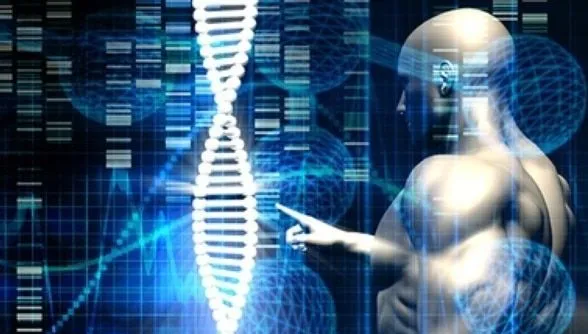
The term “Genetically Modified Organisms” is widening its horizon to mean not only genetically modified plants and animal species but also genetically modified humans. Years of intensive research has led to the discovery of ways of modifying genes of organisms to improve yield, adapt to environmental conditions, resist infectious diseases and acquire other favorable characteristics. Gene editing and modification is becoming a fast trend ever since scientists found a technique which can modify the human genome, called CRISPR. This technique is inspired by the defense mechanism of the bacterial innate immune system and was first successfully adapted by Fehg Zhang and his colleagues.
Bacteria have a complex defense mechanism which 'steals' DNA strips of an invading virus and splices them into their DNA with the help of splicing enzyme Cas-9 to form a new DNA sequence called Clustered Regularly Interspaced Short Palindromic Repeat (CRISPR). The bacterium then makes several new copies of this new gene sequence, which can identify and show resistance to invading viruses of a complementary sequence. After extensively studying this defense mechanism especially in streptococcus pyogenes and the splicing action of its protein-9-nuclease (Cas 9), scientists have adopted it as a tool for genetic editing in humans and other non-bacterial organisms.
How Does CRISPR Work?
Three kinds of CRSPR mechanisms have been described but scientists have paid the most attention to type II. In type II the bacterial Cas 9 gene incorporates DNA fragments from the invading virus into the CRISPR locus after which the loci undergoes transcription to produce CRISPR RNA. This serves as a guide to effector endonucleases to target and destroy invading DNA of complementary sequences. This mechanism is simpler to adopt than other gene editing mechanisms because it only requires Cas9, CrRNA, and trRNA.
Scientists use three different types of Cas 9 in genome editing;
- The wild type Cas 9 which cleaves double-stranded DNA at specific sites to cause the activation of the Double Stranded Break Repair Machinery by the cellular Non-Homogeneous End Joining (NHEJ) Pathway. This creates a series of deletions and insertions which disrupt the target locus.
- The mutant Cas 9DIOA has only nickase activity and can cleave a single stranded DNA strand without activating the NHEJ pathway. This mutant form is more specific in targeting invading DNA materials.
- The nuclease deficient Cas 9 is used to specifically target any sequence in the genome without cleavage.

Since the demonstration of the CRISPR/Cas technique in 2012, it has been used in targeting genes in different cell lines and organisms such as humans, bacteria, zebra, pigs, rat, etc. Experts have even used the technique to insert point mutations in target genes, induce genomic rearrangements and engineer epigenetic modifications in different organisms.
Controversies Surrounding Use of CRISPR Gene Editing
Certain scientific techniques that can be used to save a life can also be turned around to eliminate the same life, s0 there are major concerns that gene editing may someday be used as a weapon of mass destruction and terrorists can genetically edit the genome of a common virus and transform them into biological weapons.
In the past tools of genetic engineering were very expensive and only a few scientists could afford them but with the advent of CRISPR gene editing technique these tools are becoming so affordable that an amateur can now buy DNA sequences online and edit them according to their curiosity and mischievous intent.
CRISPR Promises Endless Possibilities
Despite the controversies surrounding genetic modification of organisms with effective regulation and an utmost transparency, genetic editing can help mankind modify the genes of some disease vectors to cut the spread of illnesses. It may also be the only chance of totally eliminating single-gene disorders like Huntington’s disease and cystic fibrosis among many others including in the future HIV in humans.
There are ethical criticisms which argue that editing the genetic makeup of organisms is an act of playing God and may become potentially dangerous in the future as the long-term effects of these procedures may not be always used correctly. On one hand we can cure diseases and other illnesses and on the other they can be used to produce unfair advantages, but in the wrong hands can produce deadly virus stains. Is this the cost of moving forward with scientific breakthroughs? Meaning taking the good with the bad or are we just playing God? I would love to hear some of your thoughts on CRISPR and gene editing.
Sources:
https://www.ncbi.nlm.nih.gov/books/NBK333425/
https://www.ncbi.nlm.nih.gov/pmc/articles/PMC4492683/
https://www.ncbi.nlm.nih.gov/pmc/articles/PMC4487574/
I hope you enjoyed. Please Upvote, Resteem, and Follow me @road2wisdom
